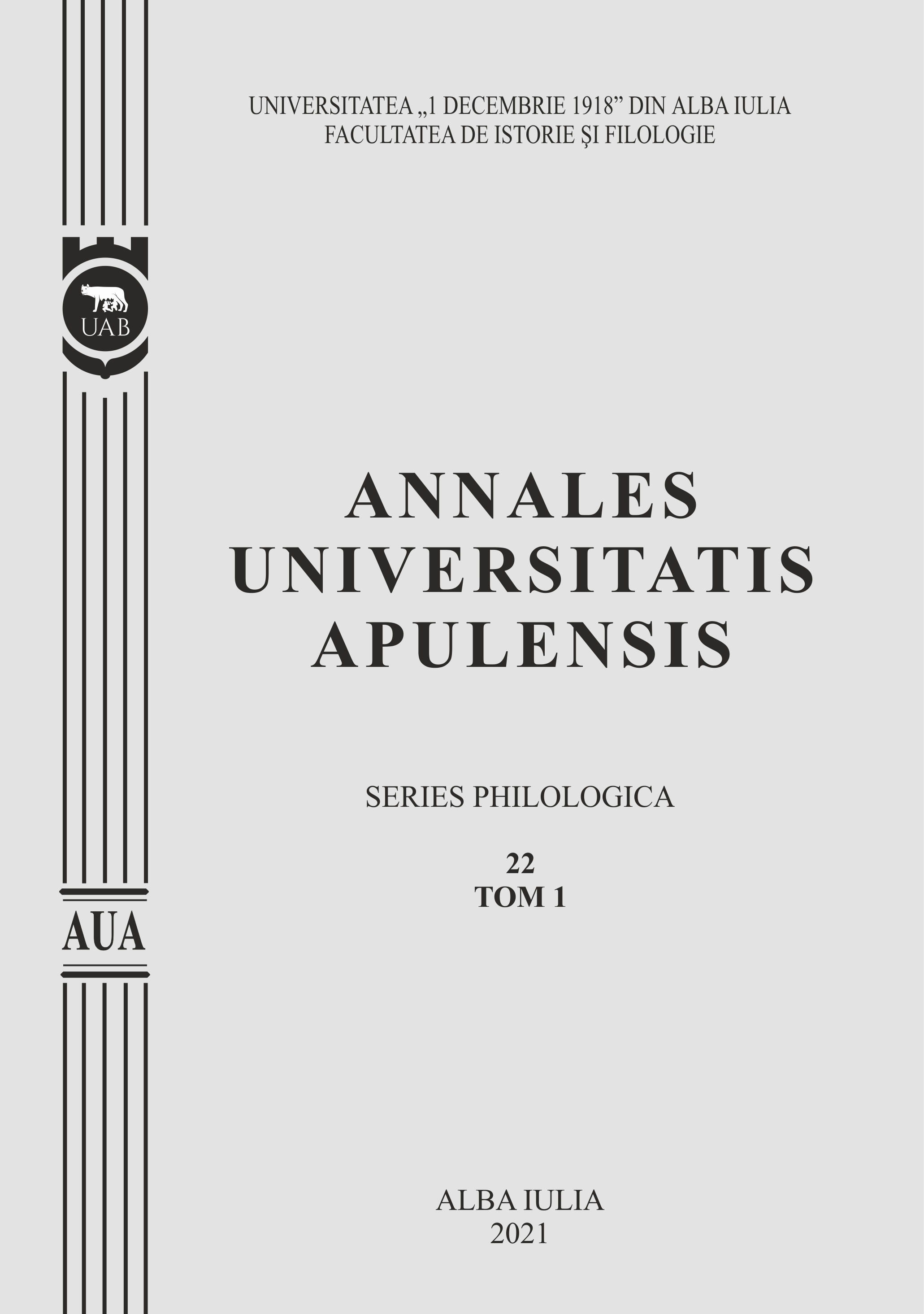GENDER-RELATED VARIABILITY IN THE CONSTRUCTION OF THE RELIABLE SELF IN US PRESIDENTIAL DEBATES
GENDER-RELATED VARIABILITY IN THE CONSTRUCTION OF THE RELIABLE SELF IN US PRESIDENTIAL DEBATES
Author(s): Adina BotașSubject(s): Language studies, Language and Literature Studies, Applied Linguistics, Descriptive linguistics
Published by: Universitatea »1 Decembrie 1918« Alba Iulia
Keywords: discourse-in-interaction; political discourse analysis; presidential debates; gender talk; gender language studies;
Summary/Abstract: This paper analyses selected pieces of talk-in-interaction, focusing on the gender-related variability of language used by candidates to the presidency of the USA in the debates of 2016 and 2020. The participation framework of the two successive events, namely a female-male interaction starring Hillary Clinton and Donald Trump, followed by a male-male interaction between Donald Trump and Joe Biden, enabled an insight into the functionings of different- vs. same-gender talk, within the genre of the presidential debate, in concrete speech events. Looking into ‘the gender thing’, the questions to be answered by this analysis point at the relation between gender and language, the differences, if any, between the way men and women use language and especially between the way language is used in female-male as opposed to male-male interactions. The analysis also considers the speakers’ selection of vocabulary and grammar used to refer to the opponent, as well as speech acts that contribute to ‘performing gender’, namely what it is that makes the protagonists ‘talk like a female’ or ‘talk like a male’. The genre of the presidential debate is by definition about conflict and has a highly adversarial, antagonistic nature, frequently characterised by specious reasoning. Each of the candidates is engaged in a permanent effort of disqualifying the opponent, while serving a strategic purpose of making a politically favourable impact on the audience, as the stake of the election is enormous and the outcome also depends on which narrative imposes itself and determines the general perception upon a candidate. Thus the construction of a reliable self is a main concern of candidates to presidency and the process requires them to make sophisticated use of the most powerful weapons they can own in these battles, words. The approach to gender that this analysis relies on is based on the theoretical framework of the difference model, as initiated by O’Barr& Atkins (1980), on the grounds set by Robin Lakoff (1975), and furtherly built on by Cameron (2005) and Weatherall (2002). These (rather) recent theories of gender and language use sustain that gender in itself does not account for differences in language use at an individual level but that it is the social status and the power within society that determine the way one communicates. Still, gender-related variability in language use is an interesting topic to look into at a contextual level, where gender significantly produces and reticulates one’s communication patterns.
Journal: Annales Universitatis Apulensis. Series Philologica
- Issue Year: 22/2021
- Issue No: 1
- Page Range: 348-360
- Page Count: 13
- Language: English

